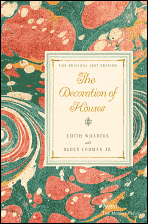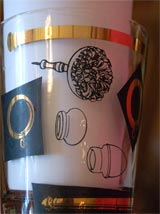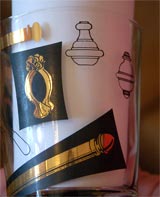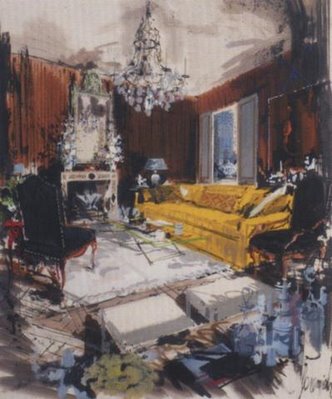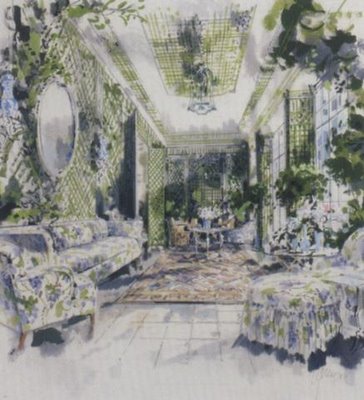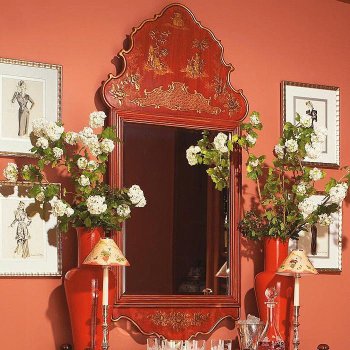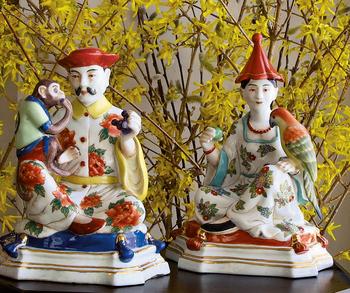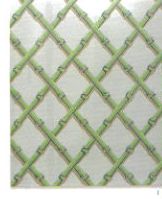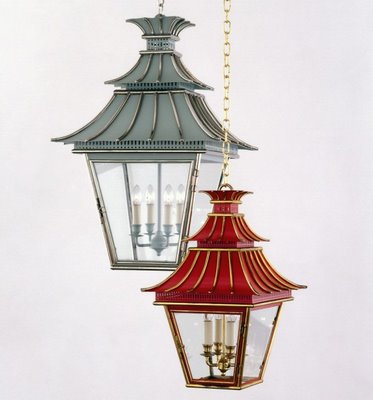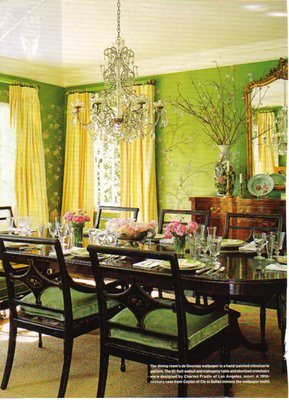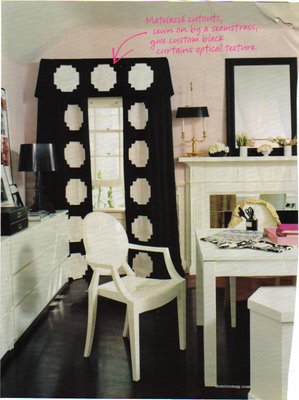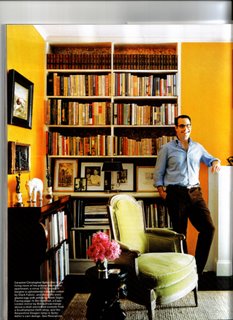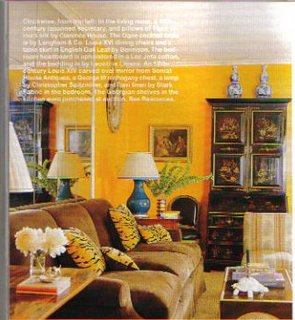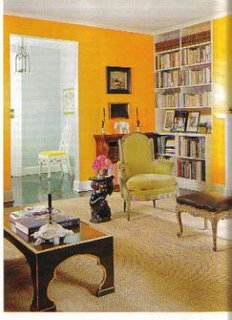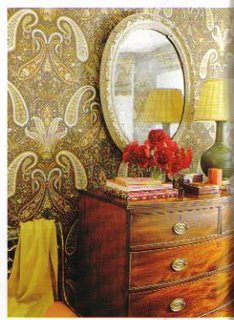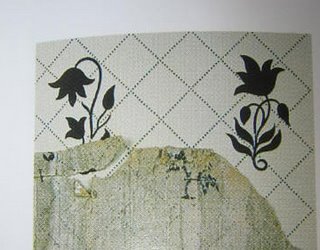
Today's NYSD House interview (on newyorksocialdiary.com) is with Robert Rufino, VP of Creative Services and Visual Merchandising at Tiffany & Co. I had admired Rufino's apartment when it was featured in either Elle Decor or House & Garden a few years ago. While the apartment is certainly masculine, the crisp and tailored furniture and the interesting bibelots would, in my opinion, appeal to those with a more feminine decorating style.
Rufino is a natty dresser, and his love of clothing is reflected in his choice of fabrics for his home (plaid and striped menswear fabric). While there are certain "modern" elements to his home, such as the somewhat austere slate fireplace and the sleek and tidy kitchen, he has incorporated rather traditional furnishings to create a home that reflects his style- what he calls "traditional with a twist". I also like that he adds punches of color through his use of brightly colored books and accessories.
And don't you love his simple Christmas decorations? I'm crazy for the Magnolia wreath in front of the fireplace as well as the massive fir and conifer arrangement on the cocktail table. Overall, what an elegant and cozy home!





